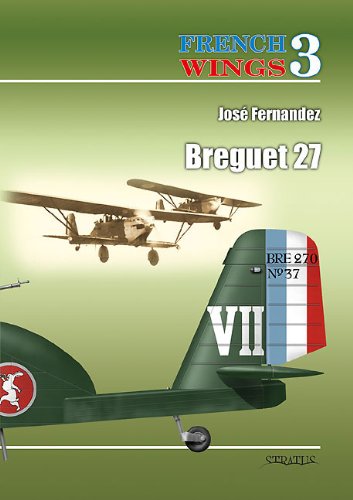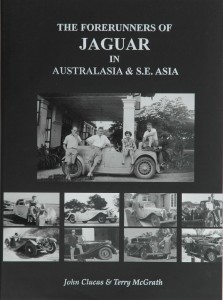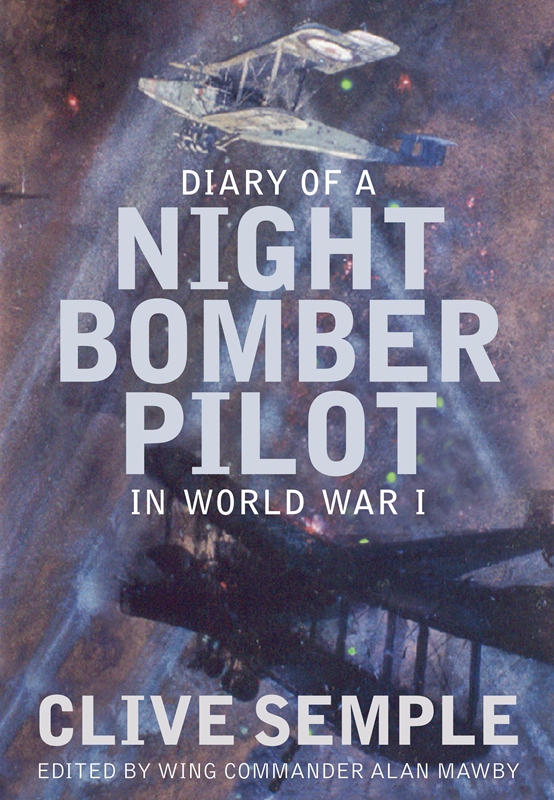Bourne to Rally: Possum Bourne, The Autobiography
 by Possum Bourne with Paul Owen
by Possum Bourne with Paul Owen
Peter “Possum” Raymond George Bourne (1956–2003) is probably the rally champion you have never heard of, but this book will correct that. This is the story of the New Zealand rally driver who won multiple championships in Australia, Asia, and his own country. It is an enthralling story well told.
Paul Owen introduces this book with a Foreword that explains how he came to meet Bourne and how they started to work together on the book in 2003. The majority of the narrative is in Bourne’s voice but occasionally Owen has added other perspectives from other people—family, friends, co-drivers, journalists, and crew.
The first chapter sets the scene for the start of Bourne’s time as a professional driver. It’s December 1992 and Bourne is trying to find his way across London to the British American Tobacco Company’s headquarters where he will sign a contract to become a driver on the 555 Subaru team along with Ari Vatanen and Colin McRae, with Prodrive running the team.
 After piquing our interest with this glimpse of Bourne’s future the book returns to his earlier life, filling in details of his childhood, family, education, and work. At the end of this chapter there is a short perspective by the driver’s mother followed by an explanation of how Peter Bourne became universally known as Possum. The book hasn’t made the mistake of providing an overload of personal history, thereby allowing the reader to quickly get into the story of real interest—the man’s rallying.
After piquing our interest with this glimpse of Bourne’s future the book returns to his earlier life, filling in details of his childhood, family, education, and work. At the end of this chapter there is a short perspective by the driver’s mother followed by an explanation of how Peter Bourne became universally known as Possum. The book hasn’t made the mistake of providing an overload of personal history, thereby allowing the reader to quickly get into the story of real interest—the man’s rallying.
Once rallying became Bourne’s career he was faithful to one marque, Subaru. But the book provides an entertaining account of his time as an amateur hillclimb and rally driver in a number of cars including a 998 cc Mini, a Hillman Hunter, a Holden Torana XU1, and a Cortina with a V8 Oldsmobile engine.
 As you would expect there is plenty of coverage of the rally adventures in New Zealand, Australia, Kenya, Asia, the USA and Europe, but just as interesting are the stories of the financial travails, the all-night car preparation or repair, publicity creation, sponsorship procurement, event logistics, team personnel and management, and co-driver selection and relationships. All these underline the total dedication and complete commitment that is required to reach the top in any branch of motorsport; talent is essential but not sufficient by itself.
As you would expect there is plenty of coverage of the rally adventures in New Zealand, Australia, Kenya, Asia, the USA and Europe, but just as interesting are the stories of the financial travails, the all-night car preparation or repair, publicity creation, sponsorship procurement, event logistics, team personnel and management, and co-driver selection and relationships. All these underline the total dedication and complete commitment that is required to reach the top in any branch of motorsport; talent is essential but not sufficient by itself.
In chapter four it’s 1983 and at the age of 27 Bourne is driving a Subaru. From there to the final chapter twelve the book covers the stories of the twenty years of Subaru recces and rallies that Bourne was involved in as he worked his way from being a privateer, with some local New Zealand help from Subaru, to a fully-fledged works driver. We also read about Bourne’s first marriage and its failure, then his second nuptials and the happiness his wife and three children brought.
All manner of people helped Bourne to keep rallying. He tells the story of a “hard case” Mazda dealer in Seattle who, for $600, loaned them a worn-out old Datsun 180B to use as their road and recce car, with the promise to return their money when the car was returned. Bourne was worried about the cost of insurance but the dealer said: “Just take it. If you have an accident, and can still run, just get the f— out of there fast, give me a ring, and I’ll tell the police that the car’s been stolen.”
 Subaru Australia provided Bourne with a Group A Subaru Legacy to run in the Australian Rally Championship. Bourne tells the tale of the two Subaru executives who had put their faith in Bourne: “Nick and Trevor were standing near a jump when their expensive Prodrive Legacy came past flying so high that they had to look up to see it. ‘That bastard’s mad!’ Trevor said to Nick. I think that experience cemented the relationship right then and there. They thought, ‘Shit, this is pretty exciting, the pace is hot and we’re making all the running.’”
Subaru Australia provided Bourne with a Group A Subaru Legacy to run in the Australian Rally Championship. Bourne tells the tale of the two Subaru executives who had put their faith in Bourne: “Nick and Trevor were standing near a jump when their expensive Prodrive Legacy came past flying so high that they had to look up to see it. ‘That bastard’s mad!’ Trevor said to Nick. I think that experience cemented the relationship right then and there. They thought, ‘Shit, this is pretty exciting, the pace is hot and we’re making all the running.’”
There is plenty of excitement and adventure but, as there sometimes is in motorsport, there is also tragedy. Bourne describes the crash that caused the death of co-driver and friend Roger Freeth, and the impact it had on him.
Bourne’s own story ends with chapter twelve but the final words come from his wife Peggy in an Afterword. She describes the day of April 18, 2003 with the family in the South Island of New Zealand for the Race to the Sky hillclimb. Bourne was killed that day, not in a competition crash but in a road car accident.
There are twenty pages of photos in the middle of the book, both colour and black and white. The book lacks an Index.
I suspect that any motorsport enthusiast will enjoy this book, even if rallying is not their number one choice of competition. Paul Owen has done a great job of presenting Bourne’s own words in an easy-to-read style that moves quickly from one enthralling adventure to the next.
Copyright 2023, Peter Hill (speedreaders.info).


 RSS Feed - Comments
RSS Feed - Comments






































































 Phone / Mail / Email
Phone / Mail / Email RSS Feed
RSS Feed Facebook
Facebook Twitter
Twitter